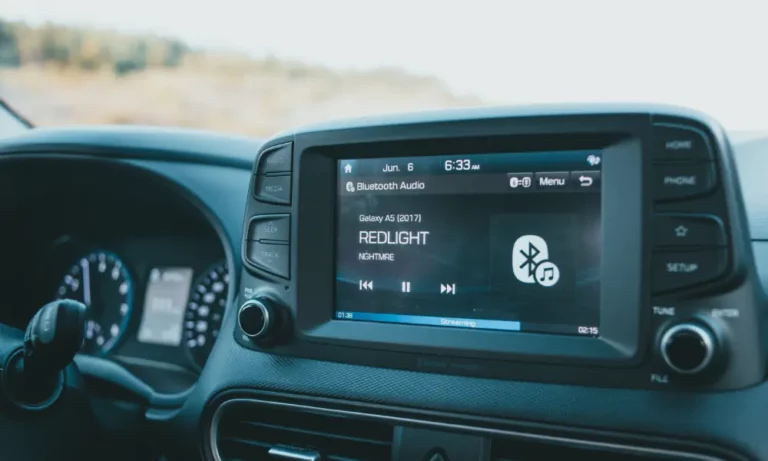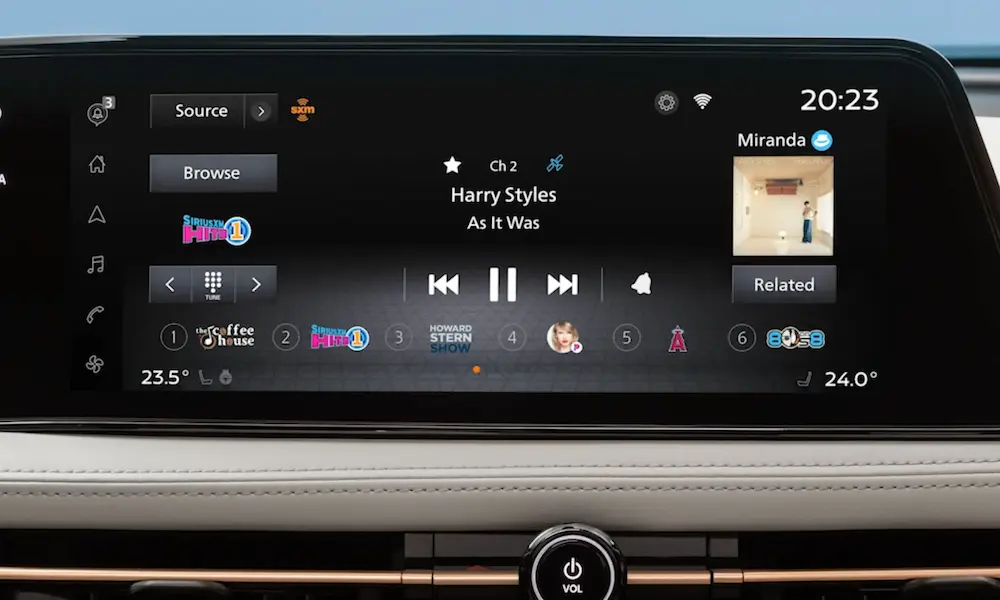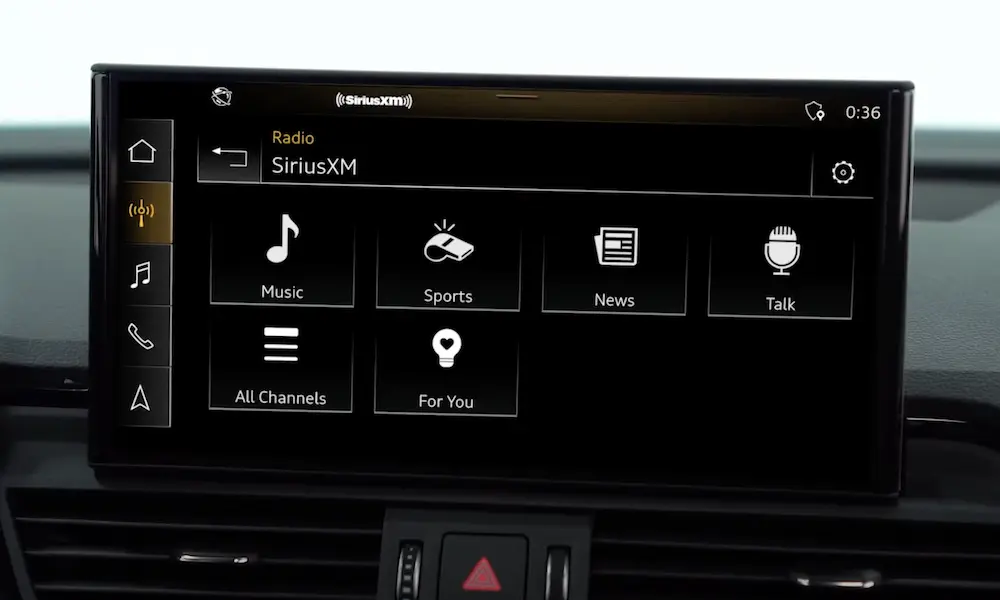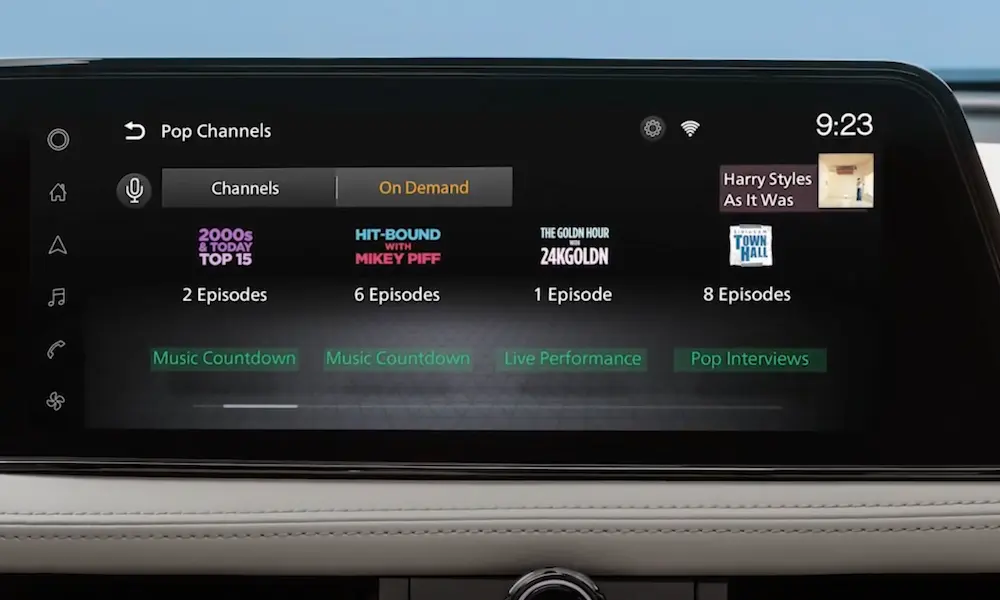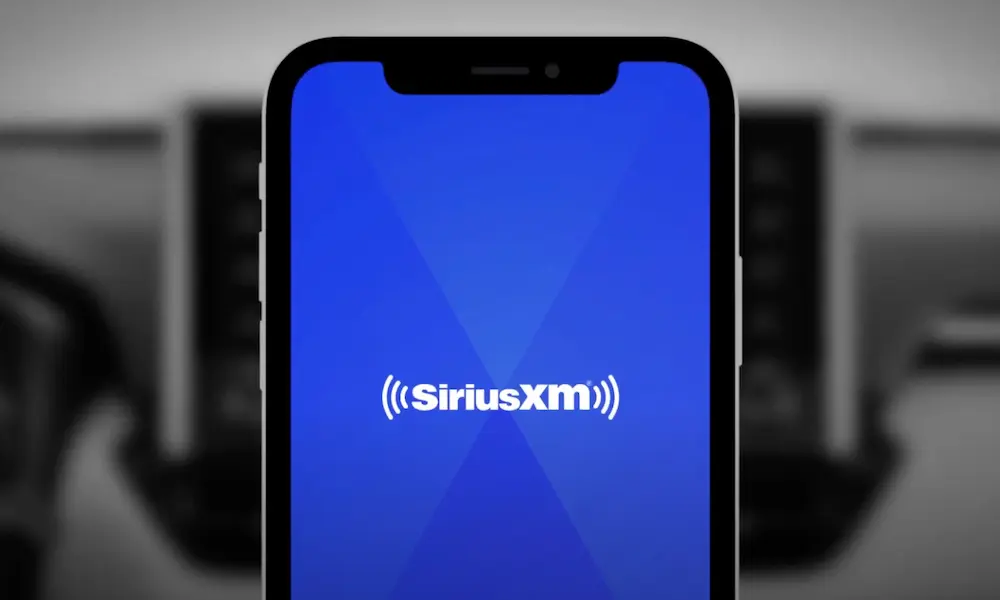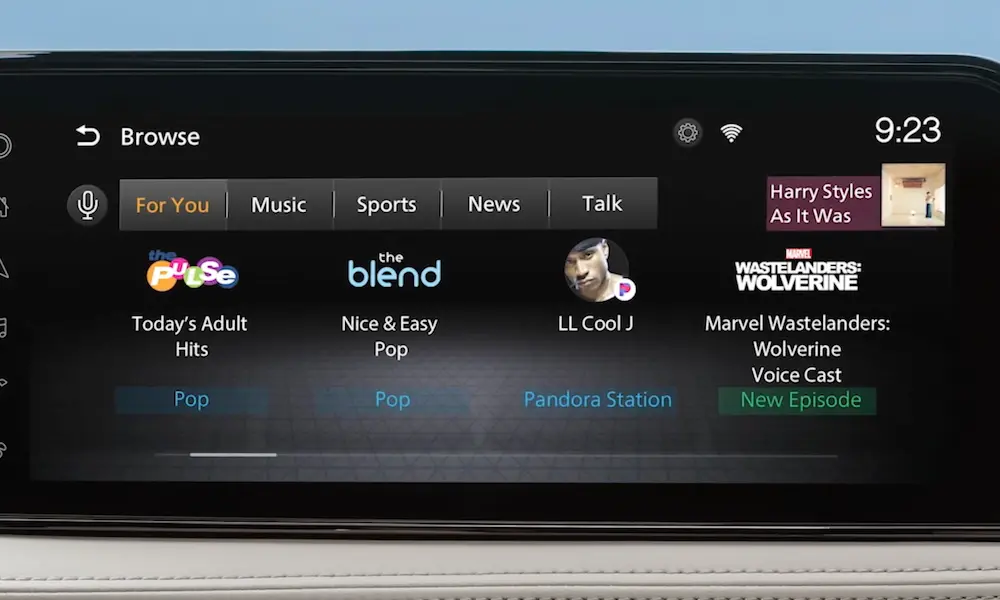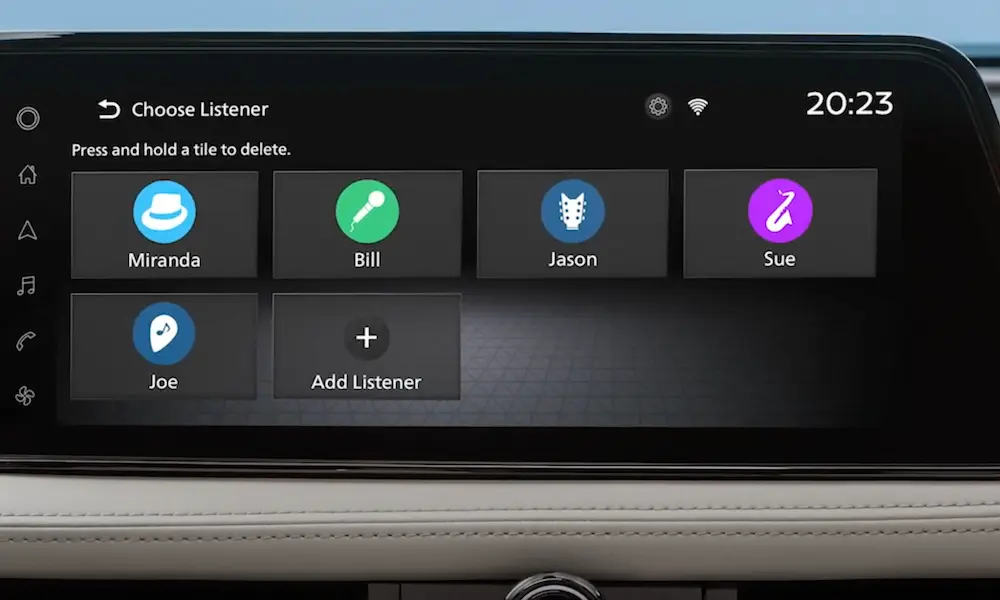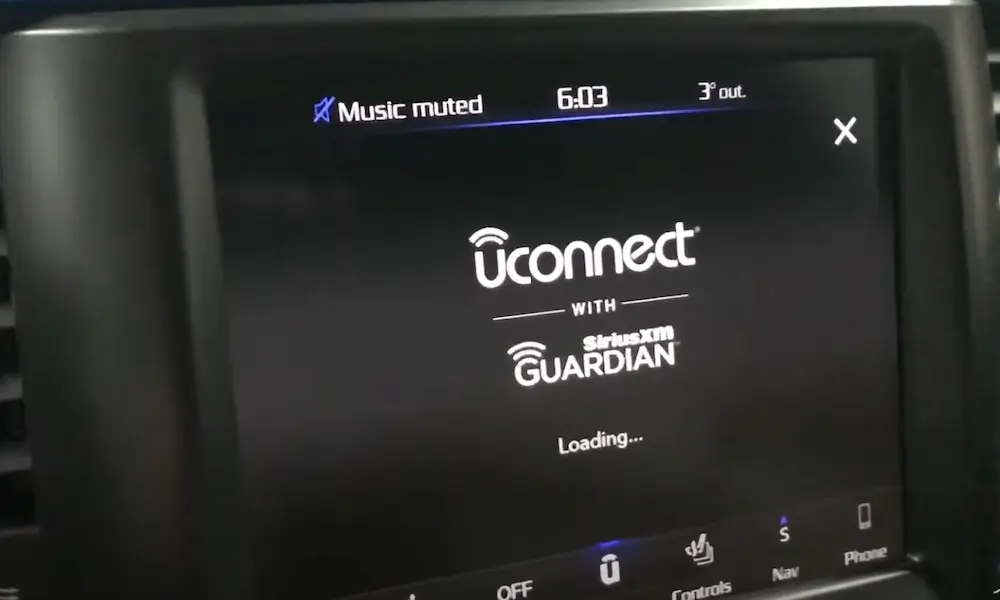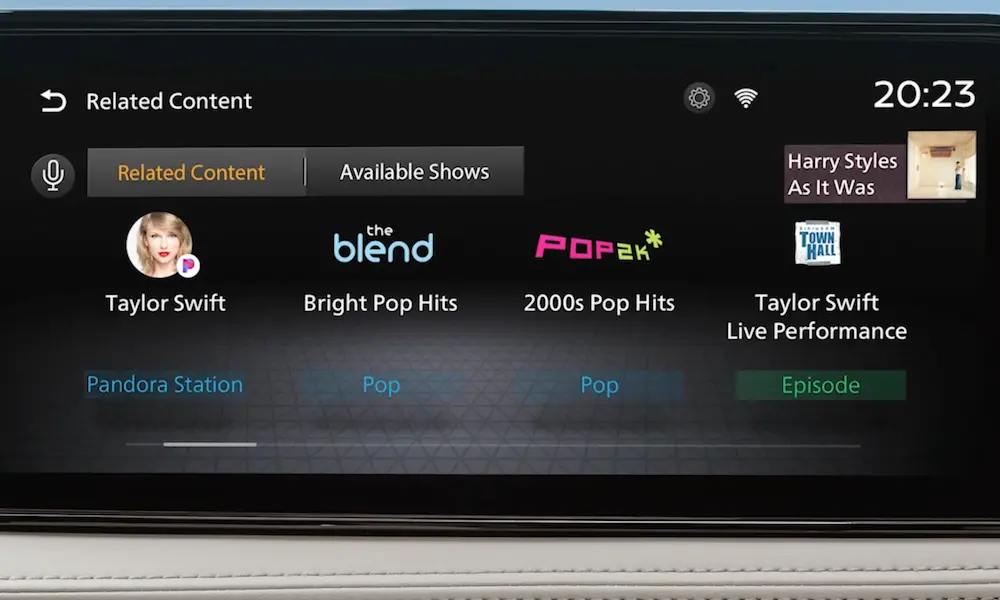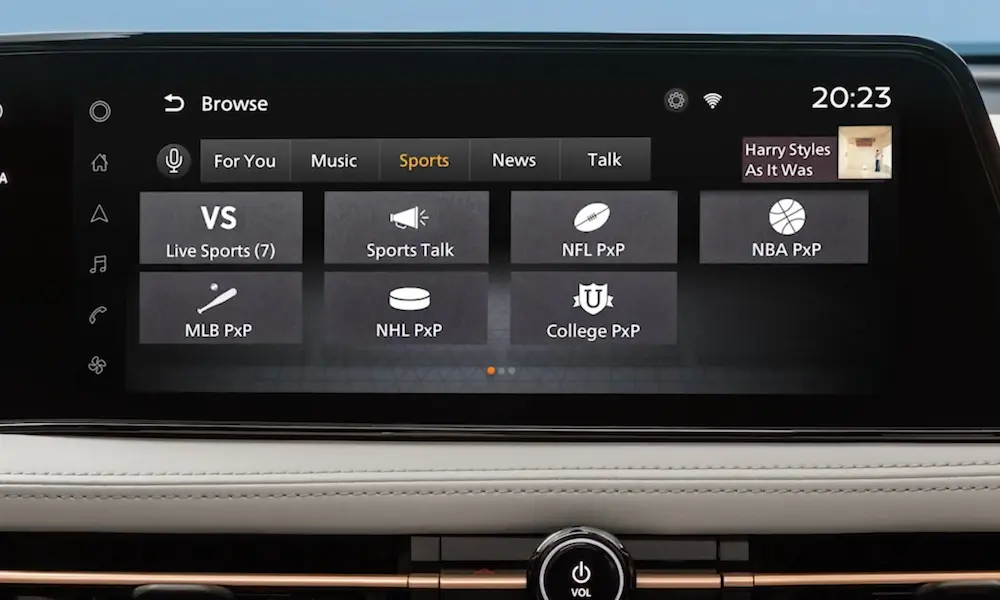Having your Sirius XM radio cut out during your favorite song or morning show is incredibly frustrating. You’re paying for a premium service, so it should work reliably, right? If you’re dealing with a Sirius XM system that’s suddenly gone silent or keeps showing error messages, don’t worry – you’re not alone, and most issues have straightforward fixes.
Why Your Sirius XM Might Not Be Working
Satellite radio depends on a clear line of sight between your car’s antenna and the satellites orbiting above. When your system displays “No Signal” or stops working altogether, several factors could be at play:
Signal Obstruction Issues
Your Sirius XM needs a clear view of the sky to work properly. Common obstructions include:
- Parking garages or tunnels
- Dense tree cover or forests
- Urban areas with tall buildings
- Mountains or deep valleys
These signal blockages are normal and your service should return once you drive to a more open area with clear sky visibility. If you’re consistently losing signal in areas where you should have coverage, something else might be wrong.
Antenna Problems
Your antenna is crucial for reception quality. Issues here often explain persistent signal problems:
- Incorrect Placement: Your antenna should be mounted on your vehicle’s exterior with a clear view of the southern sky
- Physical Damage: Check for cracks, breaks, or water damage to the antenna
- Cable Issues: Look for pinched, kinked, or damaged antenna cables
- Connection Problems: Ensure the antenna is firmly connected to the radio unit
Metal surfaces like your car’s roof can block satellite signals, while glass generally allows them to pass through. That’s why external mounting typically provides better performance.
Hardware and Connection Failures
If your antenna seems fine but you’re still having problems:
- Check that all cables are securely connected to both the Sirius XM unit and your car’s stereo
- Verify audio output settings (especially FM frequency if your system uses FM transmission)
- Look for loose connections that might have occurred after vehicle service
For FM transmitter setups, interference from local radio stations can be a major issue. You may need to find a new unused FM frequency in your area and reconfigure your system to use it.
How to Fix Sirius XM Issues in Your Car
Let’s troubleshoot your satellite radio problems systematically:
1. Check for Simple Signal Issues
Before diving into complex solutions:
- Drive to an open area with clear sky visibility
- Wait 2-3 minutes for signal acquisition
- Check if specific error messages appear (these give clues about the problem)
If your display shows “Updating,” be patient – this means your radio is refreshing its encryption code, a normal process that will complete on its own.
2. Quick Reset Solutions
Sometimes a basic reset is all you need:
- Turn your radio off and back on
- For portable units, try removing and reinstalling the radio from its dock
- Turn your car off completely, wait 2 minutes, then restart it
- Check your radio’s volume and mute settings (sounds obvious, but easily overlooked)
These simple steps can clear temporary glitches that might be affecting your system.
3. Antenna Troubleshooting
For persistent “No Signal” or “Antenna Not Detected” errors:
- Inspect your antenna for physical damage
- Check that the antenna is properly mounted with a clear view of the sky
- Ensure the antenna cable is securely connected to your radio
- Look for damage along the entire antenna cable length
- If possible, try using a different antenna to see if that resolves the issue
Antenna problems are among the most common causes of Sirius XM reception issues, so don’t skip this step.
4. Refresh Your Subscription Signal
Subscription-related issues can mimic reception problems. To refresh your radio’s activation signal:
- Visit the Sirius XM website or call customer service
- Request a signal refresh to your radio
- Wait 15-30 minutes for the signal to process
- If unsuccessful, try sending another refresh signal (some users report success after multiple attempts)
When the refresh works, you’ll often see “Subscription Updated” before your channels become accessible again.
5. Fix Audio Output Problems
If you have signal but no sound:
For FM Transmitter Systems:
- Make sure your Sirius XM radio and car stereo are tuned to the same FM frequency
- Find a clear, unused FM frequency in your area
- Reset both devices to match this new frequency
For Direct Connection Systems:
- Verify your car stereo is set to the correct input mode (AUX, USB, etc.)
- Ensure the FM transmitter feature is turned OFF in your Sirius XM settings
- Check that all audio cables are securely connected
6. Factory Reset Your Radio
When all else fails, a factory reset often solves persistent problems:
- Access your radio’s settings menu
- Look for system or reset options
- Select factory reset (exact steps vary by model)
- Confirm the reset action when prompted
Be aware that this will erase your personal settings, including paired Bluetooth devices and favorites, so you’ll need to set everything up again.
Detailed Troubleshooting for Specific Error Messages
Understanding what your radio is telling you can fast-track solutions:
| Error Message | Likely Cause | Solution |
|---|---|---|
| “No Signal” or “Acquiring Signal” | Obstructed satellite view | Move to open area, check antenna placement |
| “Antenna Not Detected” | Physical connection issue | Check antenna cable connections |
| “Loading” | System acquiring program data | Wait briefly; should resolve automatically |
| “Channel Unavailable” | Subscription level restriction | Verify your subscription includes the channel |
| “Updating” | System refreshing encryption | Wait for process to complete |
When Your Sirius XM System Needs Professional Help
If you’ve tried all the above solutions without success, it may be time for expert assistance:
- For Factory-Installed Systems: Contact your vehicle dealership for diagnostics
- For Aftermarket Equipment: Reach out to the manufacturer directly
- For Subscription Issues: Contact Sirius XM customer support
When calling for help, have your radio ID, subscription details, and a list of troubleshooting steps you’ve already tried. This will streamline the support process and help specialists identify the most likely solutions.
Preventing Future Sirius XM Problems
Once you’ve fixed your current issue, take these steps to avoid future problems:
- Regular Inspection: Check antenna and connections periodically, especially after car washes or service
- Clear Documentation: Note when and where problems occur to identify patterns
- Software Updates: Keep your radio’s firmware current if updates are available
- Subscription Management: Mark renewal dates on your calendar to avoid service interruptions
Understanding Sirius XM Technology Limitations
Even a perfectly functioning system has inherent limitations:
- Satellite radio requires line-of-sight to the satellites
- Weather conditions like heavy storms can temporarily affect reception
- Geographic limitations exist, particularly in very remote areas
- Building materials and vehicle design can impact signal strength
Knowing these limitations helps set realistic expectations about where and when your service will work best.
By following the troubleshooting steps in this guide, you can resolve most Sirius XM issues without professional help. The most common problems involve signal reception, antenna connections, output configuration, or subscription misalignments – all of which are fixable with the right approach.
Remember that satellite radio technology is constantly evolving. If you’re using older equipment, upgrading to newer models might provide a more reliable listening experience with better features and reception capabilities.

